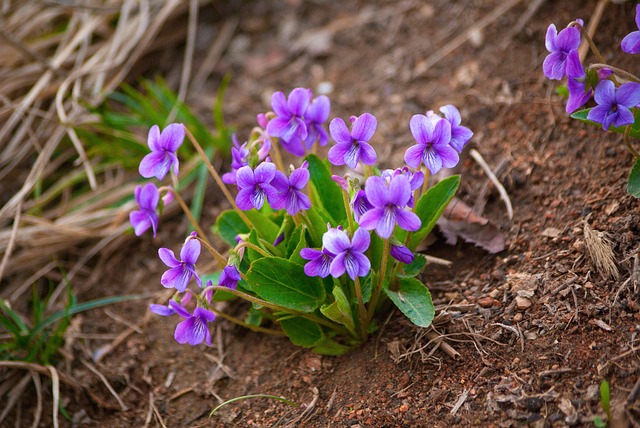The garden is too small to strictly separate the utility garden from the ornamental garden. Is it possible to combine these gardens together? At first glance, it certainly seems impossible. Absolutely impossible. Even vegetables and ornamental flowers can live together in close proximity. There is no plant in nature that cannot grow together. One would even think it impossible otherwise if one saw a wild strawberry in a daisy.
Of course, composting is part of the utility garden. It should be installed in a part of the garden that is as unobtrusive as possible. You can combine both gardens, but be careful; combining the two can be advantageous instead. Ornamental plants do not attract pests that are harmful to commercial crops. The combination of carrots, cabbage, green beans, and lettuce withachenesis an example. Africans can control nematodes in the soil. You may be pleasantly surprised to find that this combination really works and that the yellow-orange flowers of Africans combined with lettuce leaves look really beautiful. 11] Plant beans and other legumes withrosemaryandsageto protect them from legume pests.and sage
to protect them from pests.
Tomato caterpillars can help get rid of borage. This sky-blue herb, combined with red tomatoes, is sure to be a feast for the eyes. Nettle works well as an aphid repellent, but not so much for beds. [Mint keeps rodents and pesky whiteflies at bay. 25]Mangold
is a spinach-like vegetable that can be used to border flower beds. Its blood-red leaves are a decorative feature of the garden all by themselves. In addition, one can profit from this plant. Mangold tastes like spinach. Don\’t be afraid to combine seemingly incompatible things. You will always succeed.